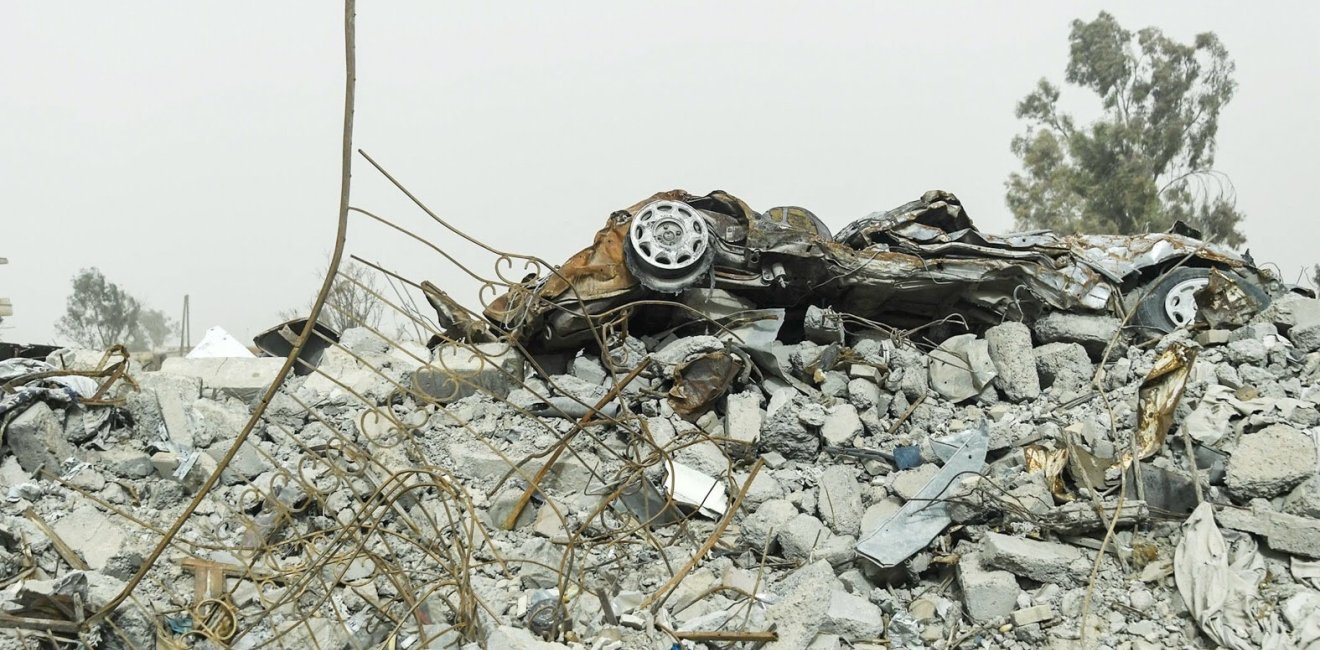
A blog of the Wilson Center

In the Assad-led war in Syria, more than 300,000 civilians have been killed, half the population has been displaced, chemical weapons have reportedly been used over 330 times, and 14 million people are in desperate need of humanitarian assistance. Despite that, in May, the Arab League reinstated Syria’s membership.
There are wars which produce a high death toll on the battlefield because those in power have little regard for the lives of their soldiers. In Russia’s war against Ukraine, President Putin has sent wave after wave of poorly prepared, poorly led Russian soldiers and mercenaries into battle. As a result, many more soldiers have already been killed there than during the more than decade-long war stemming from the Soviet invasion of Afghanistan in 1979.
Then there are wars that produce a staggering civilian death toll because civilians themselves are often the targets. That’s the case in Syria where President Bashar al-Assad’s ruthless, brutal attacks on his own people have led to death and destruction on par with some of modern history’s worst tyrants.
In 2011, Syria experienced the kind of peaceful democracy protests that were seen in many parts of the region during the Arab Spring movement. But in Syria’s case, the government’s response quickly became a brutal, violent crackdown on anyone suspected of being sympathetic to the protestors. In a particularly horrendous episode, when a group of teenage boys chose to speak out against the Assad regime through graffiti in Deraa, they responded by “arresting more than a dozen boys and torturing them for weeks.” The city of Deraa took to the streets calling for the boys’ release, only to be met with open fire.
Even in a region that has long known violence and authoritarian rule, Assad’s actions were inconceivable and widely condemned. In November 2011, with the support of 18 of its 22 members, the Arab League voted to suspend Syria from the organization and, further, imposed sanctions on the regime.
But the Arab League’s actions did little to slow down the bloodshed. In 2012, the regime turned to chemical weapons. It dropped sarin gas on the Ghouta suburb of Damascus killing 1,400 men, women, and children. The regime has also used chlorine gas—which, like sarin, is internationally banned. Assad has also laid siege to opposition-held cities, cutting them off from food, water, medicine, and electricity. His tactics have included attacking schools and hospitals, and Assad has often prevented access to opposition areas for international relief organizations.
The war has produced countless reports of torture and extrajudicial killings. In one case, a Syrian army defector (code named Caesar) smuggled 53,275 photographs out of the country, revealing horrendous details of victims tortured in Syrian detention centers. On a personal note, when I visited the Syrian city of Raqqa in 2018, US forces showed me the remnants of chambers where regime forces had conducted torture-enforced interrogations.
American condemnation of Assad’s actions has been bipartisan. In 2013, Obama White House Press Secretary Jay Carney said, “Bashar al-Assad will now go down in history as one of the worst tyrants of his era with just a terrible amount of blood on his hands, the blood of his own people.” In 2018, when President Trump informed the American public of US-led precision strikes on chemical weapons-related facilities in Syria, he referred to the government in Damascus as a “very terrible regime,” and described its use of chemical weapons as “not the actions of a man; they are crimes of a monster instead.”
But after more than a decade of isolation, the Arab League switched course and moved to bring Syria out of isolation. Some leaders in the region supported the move because, in their view, isolation simply hasn’t worked. After all, if we are including combatants, more than half a million people have been killed in the war. Others were moved by the humanitarian fallout from February’s deadly earthquake, and they may believe that the restoration of Arab League membership will ease the flow of assistance and relief. Still others were persuaded by the belief that normalizing relations with Syria would lead to millions of Syrian refugees being able to return home. And yet others were reportedly swayed by the conviction that ending Syria’s isolation would facilitate a crackdown on the production and trafficking of Captagon, an amphetamine produced in Syria that has flooded the Gulf States.
But even if Arab leaders are sincere in their belief that restoring Arab League membership will reduce illegal drugs or even allow refugees to go home—something we all hope for—it’s hard to believe much good can come from allowing Bashar al-Assad to go out in “polite company.” If the estimated 80 Syrian civilians who have been killed each and every day of Assad’s brutal crackdown could speak, they just might agree.
This blog was compiled with the assistance of Caroline Moody.
Author

Explore More in Stubborn Things
Browse Stubborn Things
Spying on Poachers

China and the Chocolate Factory

India: Economic Growth, Environmental Realities
